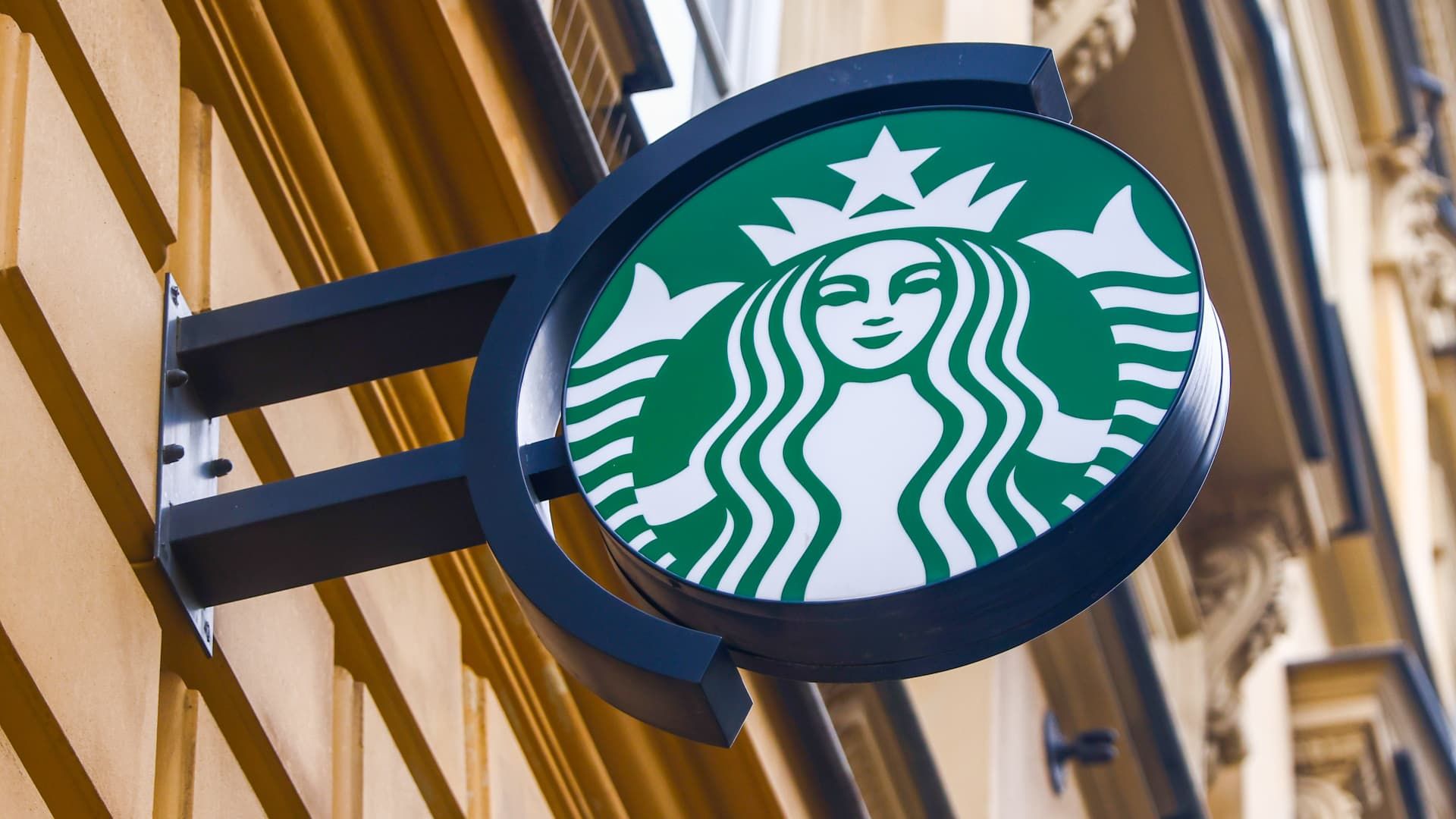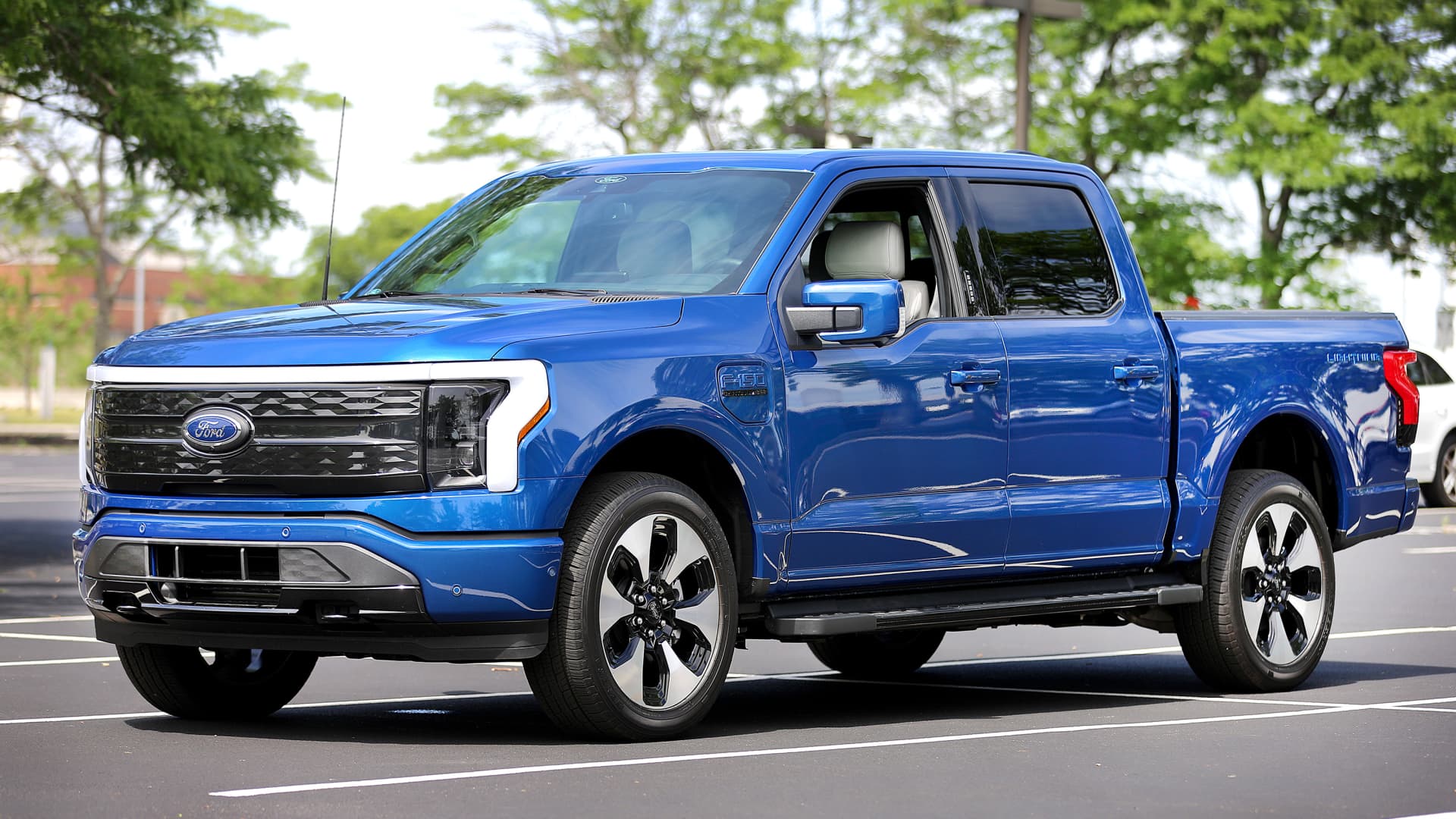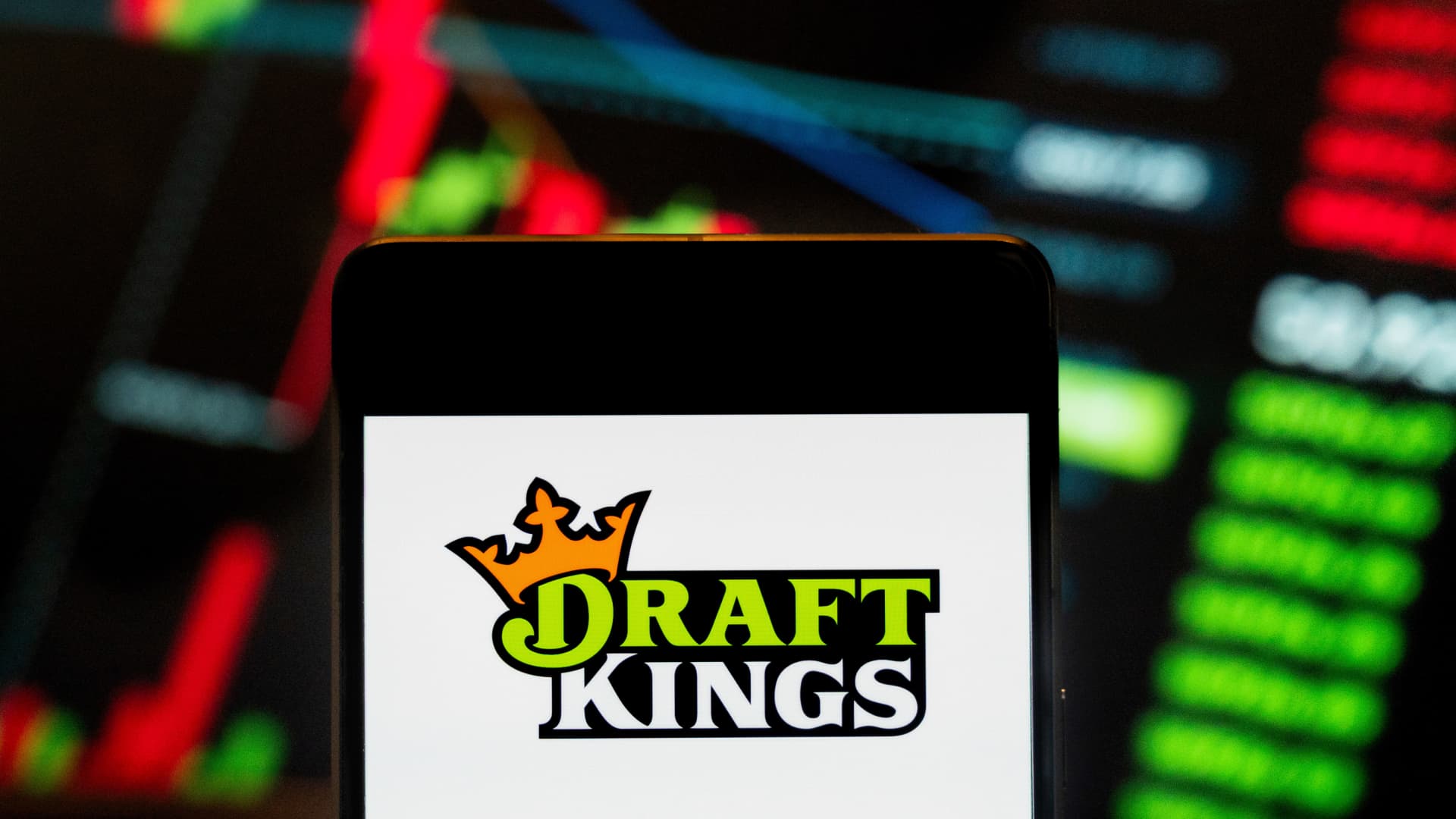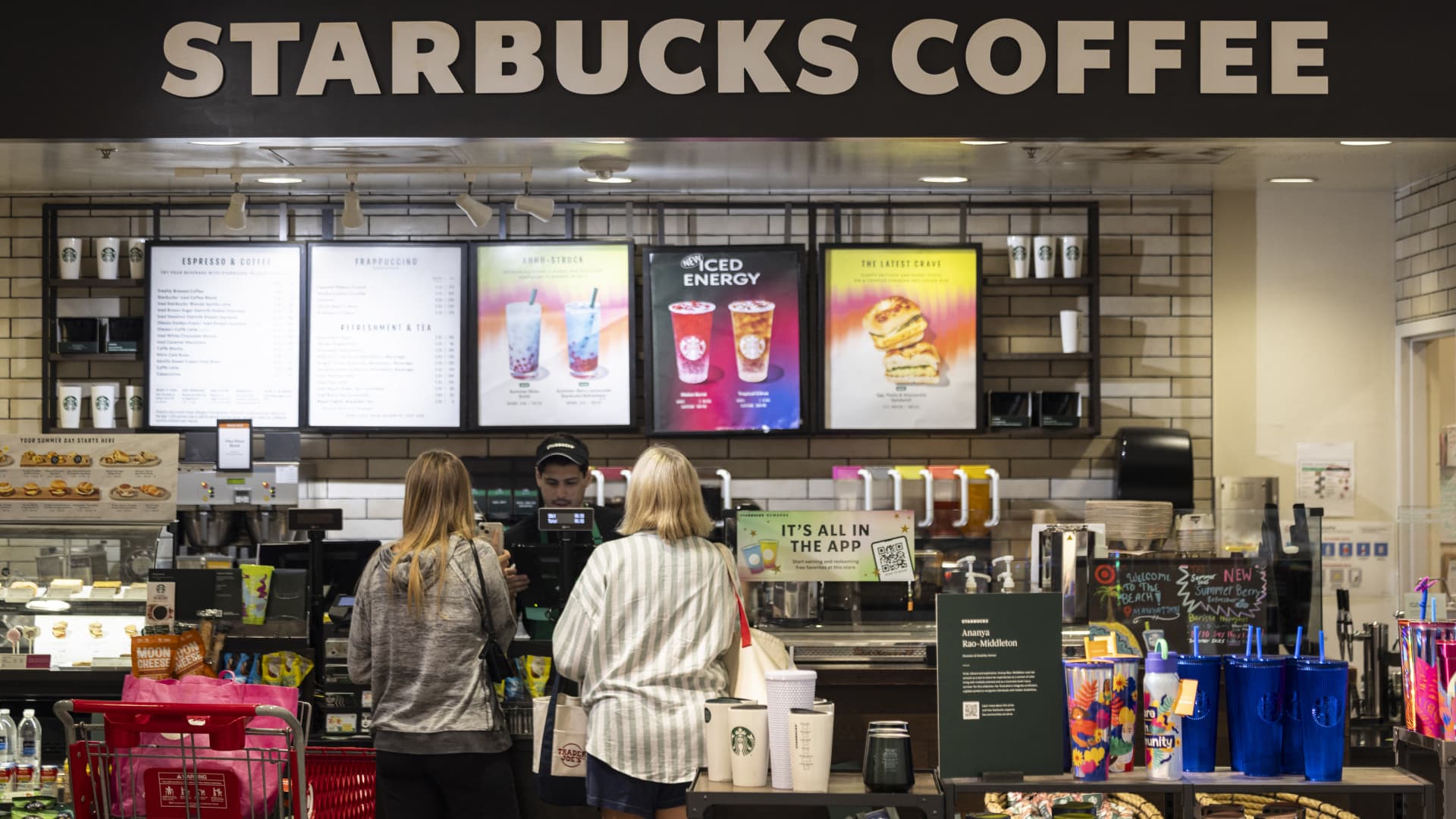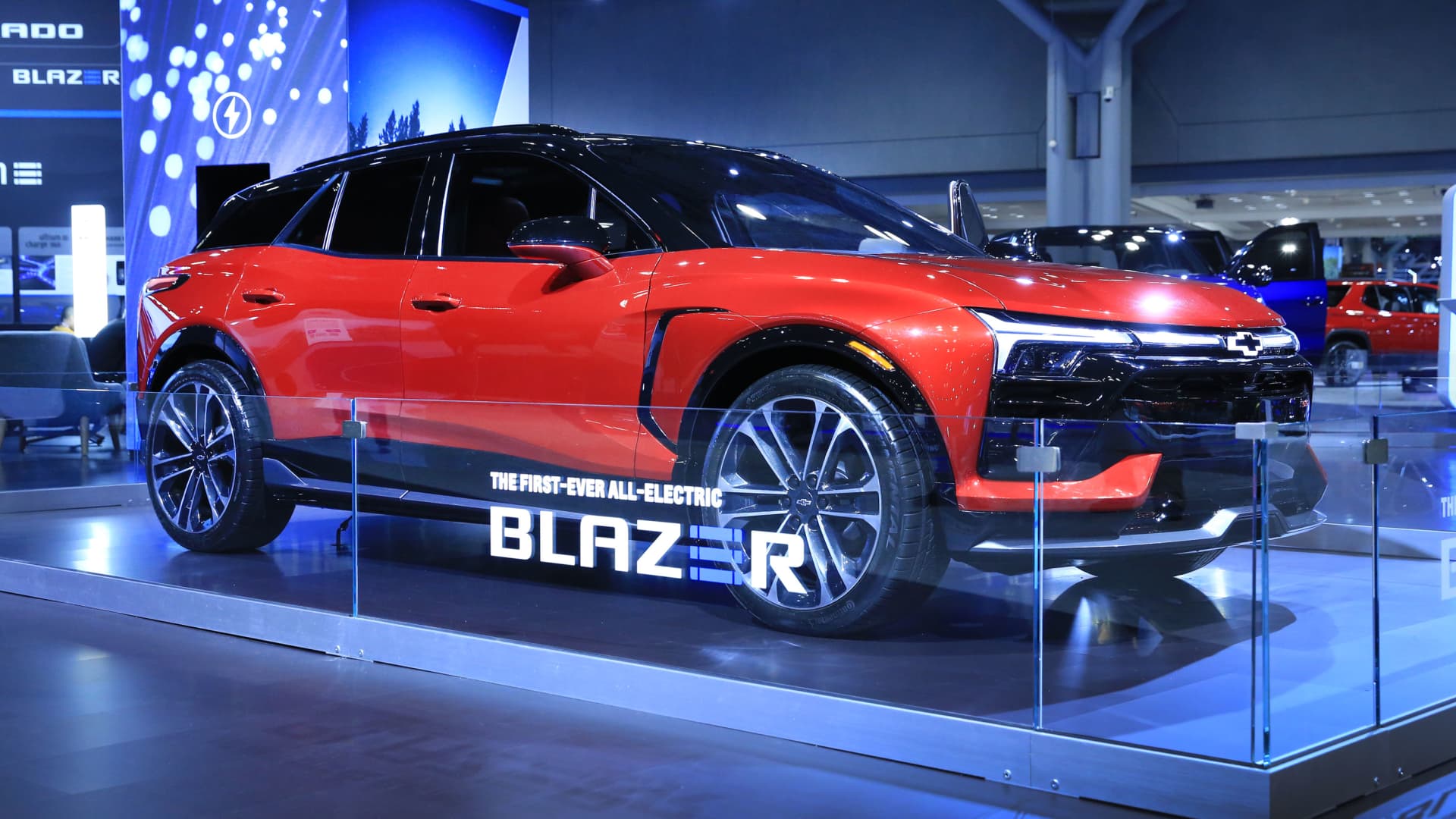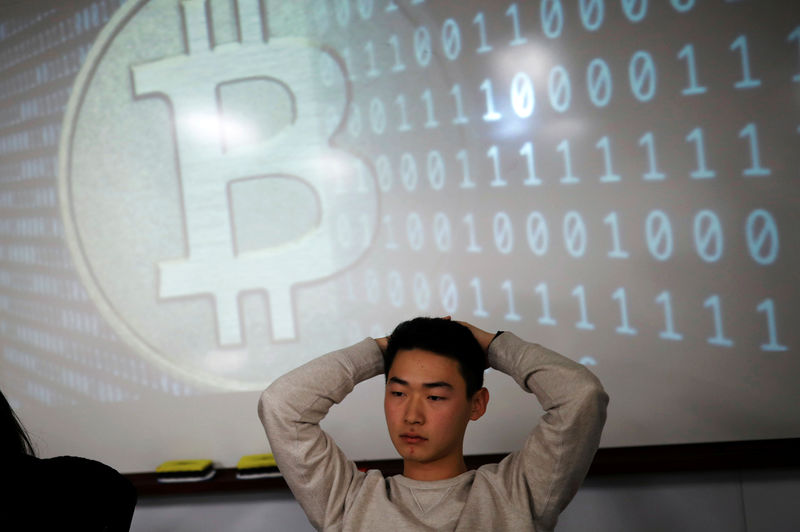Starbucks coffee shop in Krakow, Poland, on February 29, 2024.
Beata Zawrzel | Nurphoto | Getty Images
Starbucks Cafes across the country are starting to change the way they prepare drink orders, among other adjustments designed to reduce bottlenecks and long wait times that have plagued the chain.
The overhaul comes as the coffee giant prepares for an anticipated wave of orders through its mobile app.
The plan is based on Starbucks' “Siren Craft System,” a series of processes that aim to make baristas' jobs easier and speed up service times for customers. Starbucks said more than 10% of its 10,000 stores have already implemented the system, which includes switching the order of production of hot and cold beverages. It will be rolled out across North America by the end of July, according to the company.
Executives hope the changes will give Starbucks a much-needed boost. In April, the company reported a disappointing second quarter, with U.S. same-store sales falling 3% and traffic down 7%. The coffee chain has lowered its 2024 outlook.
Starbucks reported that the rate of incomplete orders through the mobile app was at 15% and that casual customers were showing up less. CEO Laxman Narasimhan cited the need for improvements in stores.
The most immediate change that needed to happen in cafes was to better handle the unexpected, Katie Young, senior vice president of store operations at Starbucks, told CNBC in an interview.
“It's the ability to respond flexibly to things we can't predict,” he said.
Store changes will be key this month, as Starbucks on Monday began opening its app to non-rewards members, which the company believes will boost traffic and orders.
“My feeling is that they are in high demand in certain stores, and the kitchen space is so small that you have to find ways to be more efficient,” said BTIG CEO Peter Saleh.
Customer loss due to slow ordering and other in-store frustrations could hit Starbucks at a particularly vulnerable time. Americans have become more cost-conscious in the face of ongoing inflation and have in some cases cut back on morning or afternoon beverage and snack consumption. Narasimhan said in April that consumers are spending more cautiously.
Starbucks has done something unusual in recent weeks, joining the value-packed offering stream with a $5 food and drink combo option. Communicating value to customers is also part of the plan to boost business.
The mermaid creation system
Starbucks has been diagnosing the bottleneck problem for more than a year, since the company's 2022 reinvention plan was launched, Young said. At the time, Howard Schultz was at the helm, having returned during a burgeoning unionization movement and changes in consumer preferences. The changes being made to the cafeterias were first anticipated that fall, and would be implemented in subsequent years. Narasimhan took over from Schultz in March 2023.
Siren Craft System processes were developed with feedback from workers about what issues were preventing them from creating drinks and connecting with customers.
Starbucks plans to add a role similar to that of an expediter on a restaurant's production line, a “caller” who steps away from production and helps resolve backups at cafes, handling tasks like replenishing cups or helping out when arrivals arrive. an unexpected crowd. The company plans to train existing workers for the position or potentially add new baristas, if necessary.
“One of the weak points we saw was [that] “Our espresso machine used to be running all the time, and that was one of the things that kept our members from being able to check in. And another thing we saw that we didn't necessarily know was what part of the store would fill up,” Young said. “We needed to have a partner who would be dedicated to removing production and just helping when things got tough.”
Starbucks will also be changing the order in which drinks are made. Previously, cold drinks were prioritized from start to finish, even if a hot drink order came in first, since preparing espresso shots was the last step. This could create a backlog in the drive-thru, for example, if a person ordered one of each drink, since the cold item would be ready while the hot drink was still in production.
Macoy McGlaughlin, manager of First and Walker's Starbucks location in Seattle, said producing drinks in the order they are placed allows for a faster, more streamlined process.
“We actually have a proper sequence between our hot and cold bars, rather than the cold bars becoming as popular as ever, to have a really consistent experience for customers. So we actually make them in the order that they come,” McGlaughlin said, adding that the cafe feels busier, but customers in the store and at the drive-thru get drinks faster.
Baristas will also have more control over the company's Digital Production Manager, an iPad system that controls order sequencing across multiple channels from coffee shops, mobile ordering and self-service. Workers will have more flexibility to change the priority of orders.
Starbucks app expands
Young said the app changes added a sense of urgency to Siren's training launch. She's confident stores will be ready if traffic increases.
Mobile ordering and payments will also be available on third-party platforms to reach more customers.
The potential increase in traffic and workload comes at a time when some baristas have been raising issues related to staffing and scheduling for years, particularly employees who have attempted to organize in the Workers United union. In internal surveys and at bargaining committee meetings, workers represented by the union consistently rank it as their top priority issue.
Starbucks says it has made significant progress over the past two years in staffing and scheduling.
BTIG's Saleh said the company has moved unusually slowly.
“The Siren system was first introduced to investors in 2022 with Howard [Schultz] “at the helm,” Saleh said. “Historically, Starbucks doesn't do anything slowly. They move quickly, find something they like and implement it quickly.”
Young said the changes at Siren Craft have provided a “substantial reduction” in things like wait times for orders. Starbucks said that in stores where the company has used the Siren Craft system to optimize operations, it has seen an increase in the number of customers served during peak hours that it estimates represents one percentage point of annual comparable sales.
“We feel very confident in the investments we've made in our staffing system and all the precision we can bring to the table,” Young said. “But no internal system or effort can predict that today, a group of high school kids decided to gather all their friends and show up at 2 p.m., when normally we wouldn't see much business.”
Additional store changes will also involve a slower rollout of new equipment under the Siren name, with a custom ice maker, milk dispensing system and faster blenders to reduce barista steps and deliver drinks to customers faster. The investment in equipment will take several years, Young said. He added that the updated equipment, along with new training processes available, has yielded significant returns on investment. Ten percent of stores will feature Siren equipment by the end of the year.
Young said Starbucks wants customers to feel like wait times are better managed and that “everyone is okay even when it's really busy.”

